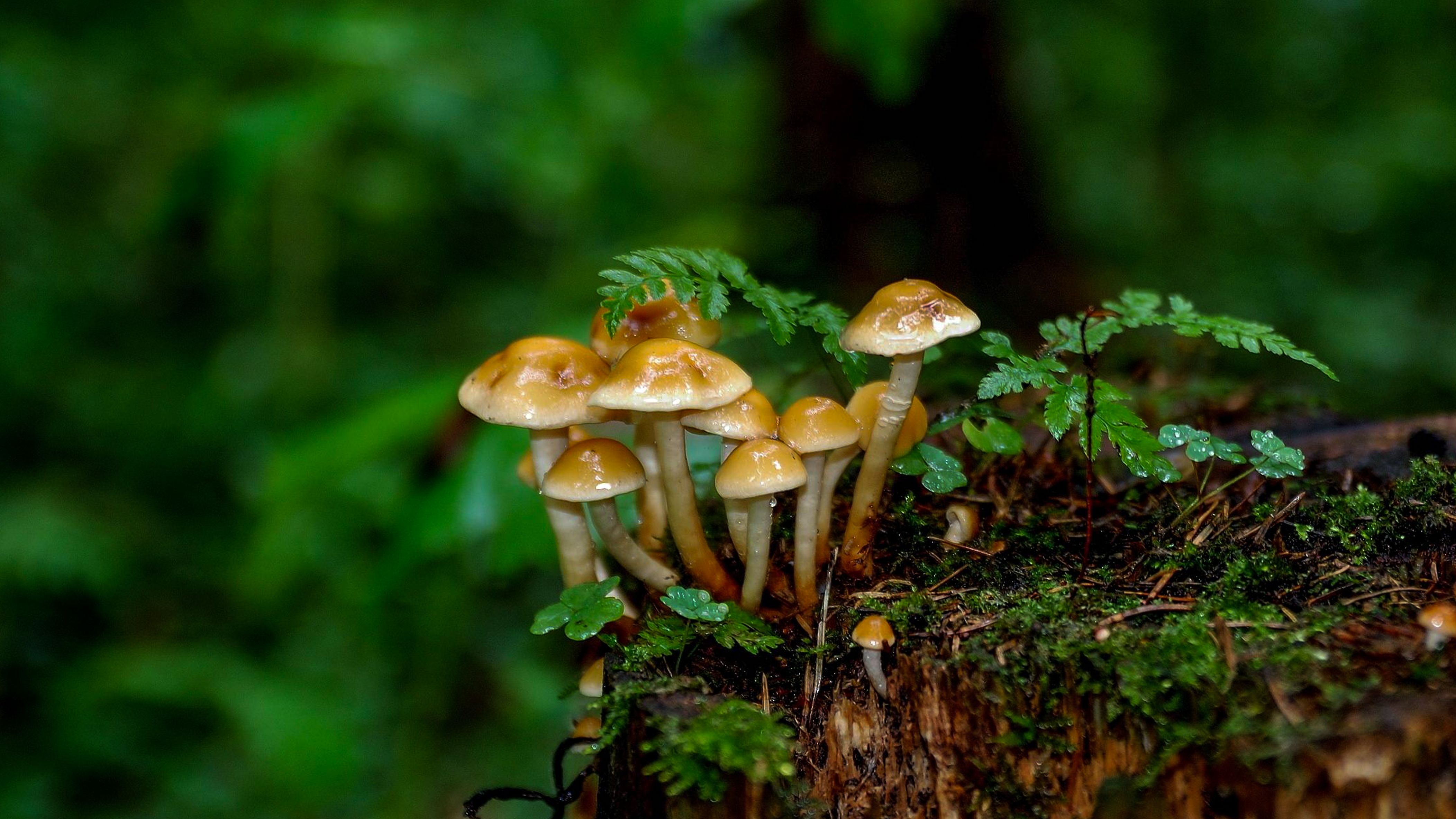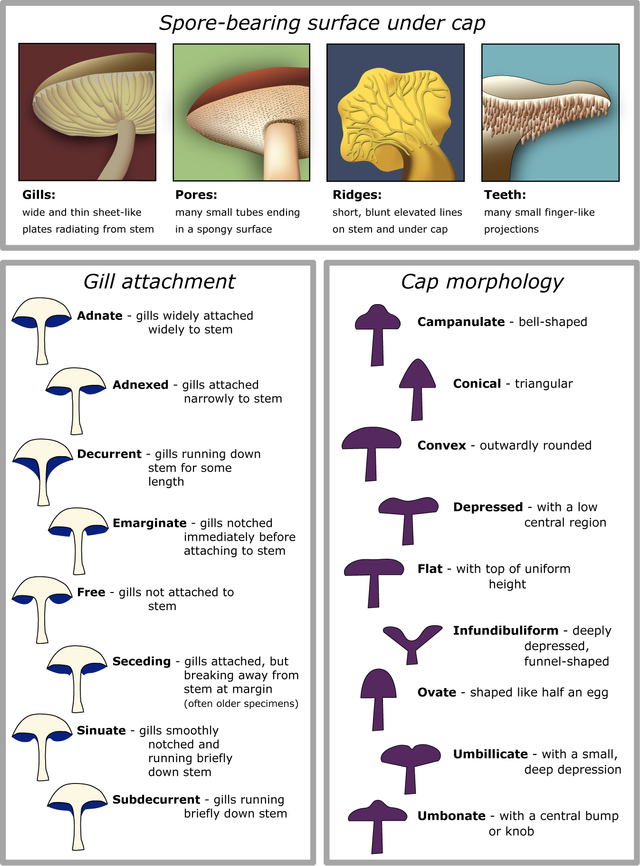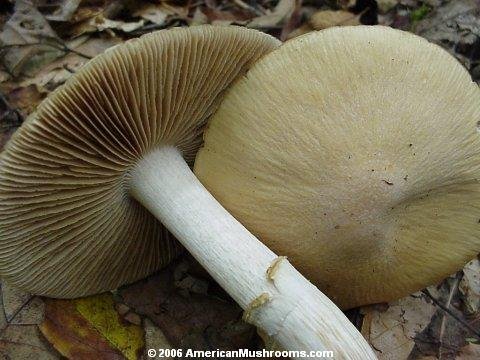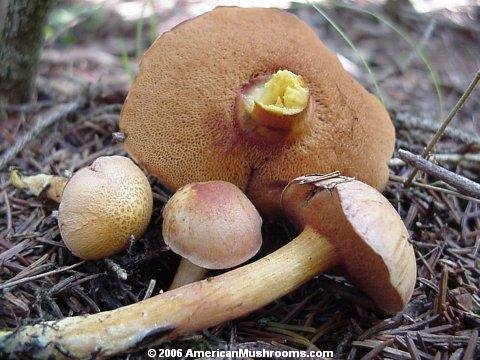Do You Like Mushrooms? Let's Find Out About Mushrooms
Mushrooms are one of the most popular plants in the world, as one of the delicious food, including myself.
As a mushroom lover, of course we should also know more about mushrooms, so no one chose to eat. Because among these mushrooms are also a lot of species of poisonous mushrooms, can even lead to death.

Ok, now let's learn about mushrooms.
A mushroom (or toadstool) is the fleshy, spore-bearing fruiting body of a fungus, typically produced above ground on soil or on its food source.
The standard for the name "mushroom" is the cultivated white button mushroom, Agaricus bisporus; hence the word "mushroom" is most often applied to those fungi (Basidiomycota, Agaricomycetes) that have a stem (stipe), a cap (pileus), and gills (lamellae, sing. lamella) on the underside of the cap. "Mushroom" also describes a variety of other gilled fungi, with or without stems, therefore the term is used to describe the fleshy fruiting bodies of some Ascomycota. These gills produce microscopic spores that help the fungus spread across the ground or its occupant surface.

Identification

Take a good look at the mushrooms in the photo above, noting that each of the caps is about four inches wide and that they were found growing on the forest floor amidst Eastern hemlock, white oak, American beech, and yellow birch trees.
The cap color varies from pale yellow at the edge of the cap to yellowish tan at the center. The cap cuticle is distinctly wrinkled, and there's a white bloom over part of the cap cuticle, especially near the center of the cap. The cap isn't slimy or viscid, and has no scales or warts on it. The gills are finely attached to the top of the white stalk. There is a ring of white tissue around the stalk, and that ring has a yellowish or brownish upper edge.

In assessing this mushroom's field characters, we've just written a decent description of Rozites caperata, more affectionately known to experienced mushroom hunters as the edible Gypsy Mushroom… and that's exactly what it is.
But if you didn't know what color the spore print is, didn't rule out the presence of latex by scratching the gills, or didn't notice that white bloom over parts of the cap cuticle, it wouldn't be possible to accurately identify this mushroom.
And now let us identify the poisonous mushroom.
Many mushroom species produce secondary metabolites that can be toxic, mind-altering, antibiotic, antiviral, or bioluminescent. Although there are only a small number of deadly species, several others can cause particularly severe and unpleasant symptoms.
Toxicity likely plays a role in protecting the function of the basidiocarp: the mycelium has expended considerable energy and protoplasmic material to develop a structure to efficiently distribute its spores.
One defense against consumption and premature destruction is the evolution of chemicals that render the mushroom inedible, either causing the consumer to vomit the meal (see emetics), or to learn to avoid consumption altogether. In addition, due to the propensity of mushrooms to absorb heavy metals, including those that are radioactive, European mushrooms may, to date, include toxicity from the 1986 Chernobyl disaster and continue to be studied
List of deadly fungus species
Although many people have a fear of mushroom poisoning by "toadstools", only a small number of the many macroscopic fruiting bodies commonly known as mushrooms and toadstools have proven fatal to humans.
To see the poisonous mushroom categories, please visit: Link

Interesting and informative post.
Thank you @katdvine